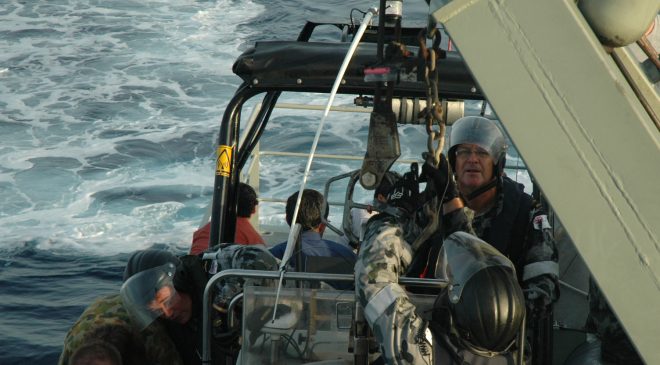
Reliability is a critical factor for SLS SAR
Surf Lifesaving New Zealand Search and Rescue (SLS SAR) is partnering with Motorola Solutions to enhance safety and efficiency in their inter-agency training exercises. SLS SAR, a volunteer agency responsible for delivering rescue and emergency services across New Zealand, relies on Motorola Solutions’ rugged and reliable communications technology.
SLS SAR conducts Search and Rescue Exercises (SAREX) to test operational efficiency and response in challenging and remote environments. These exercises involve multiple public safety and emergency service personnel. In such dynamic conditions, reliable communication is crucial for seamless collaboration and coordination among frontline teams.
During a recent training exercise in New Zealand’s Milford Sound, amidst towering peaks and narrow fiordlands, Motorola Solutions’ MOTOTRBO SLR 1000 Repeater and rugged DP4000e and MOTOTRBO R7 two-way radios provided extended and interoperable coverage for all participating agencies. The repeater, placed on a mountaintop, ensured connectivity even in the lakes 1,000 meters below.
Reliability is a critical factor for SLS SAR as they operate in remote locations. Motorola Solutions’ equipment gives them the confidence that their team has the best possible support for their job without worrying about the communications network behind them.
Following the successful exercise, Motorola Solutions and NZSAR (New Zealand Search and Rescue) are planning further enhancements to deployable mobile communications. These include the introduction of live video streaming, body-worn video cameras, and software solutions to enhance incident awareness and safety for field-based responders during rescue missions.
Clear, reliable, and interoperable communication is essential for frontline responders working in challenging circumstances. Motorola Solutions’ efforts to expand SLS SAR’s communication capabilities during training exercises aim to ensure safer and more successful rescue missions when they are needed most.




